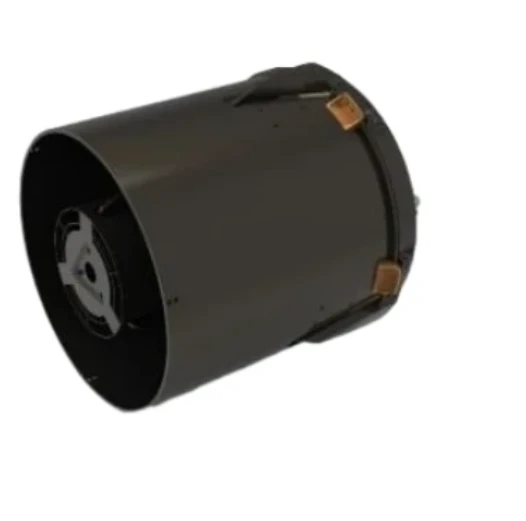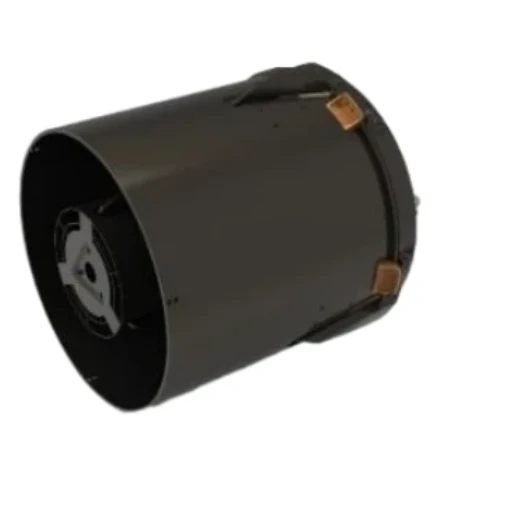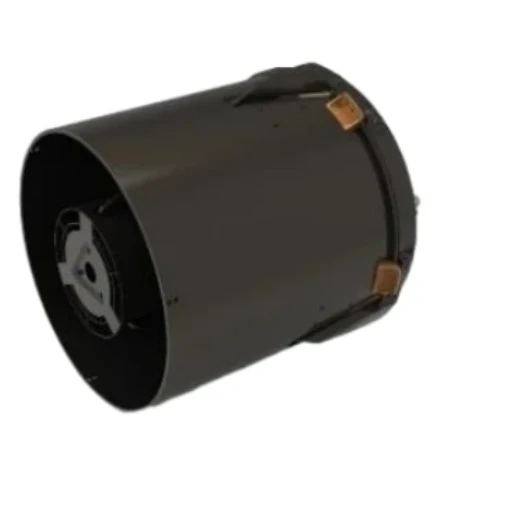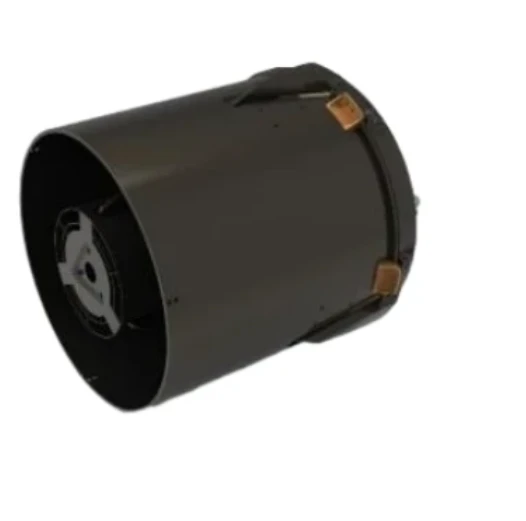
- African
- Albaniano
- Amharic
- Arabic
- Armenian
- Azerbaijani
- Basque
- Belarusian
- Bengali
- Bosnian
- Bulgarian
- Catalan
- Cebuano
- Tsina
- Corsican
- Croatian
- Czech
- Danish
- Dutch
- Ingles
- Esperanto
- Estonian
- Finnish
- Pranses
- Frisian
- Galician
- Georgian
- Aleman
- Griyego
- Gujarati
- Haitian Creole
- Hausa
- hawaiian
- Hebrew
- Hindi
- Miao
- Hungarian
- Icelandic
- igbo
- Indonesian
- irish
- Italyano
- Hapon
- Javanese
- Kannada
- kazakh
- Khmer
- Rwandan
- Koreano
- Kurdish
- Kyrgyz
- paggawa
- Latin
- Latvian
- Lithuanian
- Luxembourgish
- Macedonian
- Malagasy
- Malay
- Malayalam
- Maltese
- Maori
- Marathi
- Mongolian
- Myanmar
- Nepali
- Norwegian
- Norwegian
- Occitan
- Pashto
- Persian
- Polish
- Portuges
- Punjabi
- Romanian
- Ruso
- Samoan
- Scottish Gaelic
- Serbian
- Ingles
- Shona
- Sindhi
- Sinhala
- Slovak
- Slovenian
- Somali
- Espanyol
- Sundanese
- Swahili
- Swedish
- Tagalog
- Tajik
- Tamil
- Tatar
- Telugu
- Thai
- Turkish
- Turkmen
- Ukrainian
- Urdu
- Uighur
- Uzbek
- Vietnamese
- Welsh
- Tulong
- Yiddish
- Yoruba
- Zulu
Integrated Measurement Systems Revolutionize Optical Transmission Analysis
With the increasing complexity of modern optical systems, engineers and researchers are turning to integrated measurement tools to streamline workflows and boost accuracy. These systems are particularly powerful when applied to optical transmission measurement, allowing for simultaneous analysis of light behavior across multiple wavelengths, materials, and devices. As industries demand faster, more reliable data, the synergy between transmission measurement techniques and integrated platforms has become essential to staying competitive and ensuring quality.
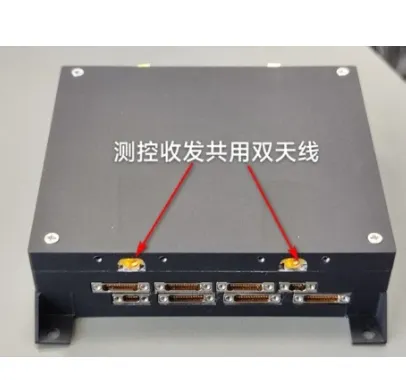
Why Optical Transmission Measurement Matters In High-Precision Fields
Optical transmission measurement plays a foundational role in evaluating how effectively light passes through different substances—such as glass, plastic, filters, and coatings. The goal is to assess transparency, absorption, and refractive properties under specific wavelengths.
This method is widely used in photonics, LED manufacturing, lens production, and laser systems. For example, a high-precision lens intended for medical imaging must undergo optical transmission measurement to verify it allows only the intended wavelengths to pass, ensuring image clarity and safety.
In such high-stakes scenarios, precision and repeatability are critical—and this is where integrated measurement platforms shine.
Benefits Of Combining Integrated Measurement With Transmission Measurement
Traditional testing setups often involve multiple instruments for separate tasks—one for transmission measurement, another for reflection, and yet another for thickness or angle. This can lead to inefficiencies, inconsistencies, and even data mismatch.
However, modern integrated measurement systems consolidate these functions. Engineers can now perform transmission measurement in conjunction with angle-resolved scattering or surface mapping—all within a single system. This reduces calibration errors and improves overall reliability.
Moreover, integrated systems offer intuitive software interfaces and automated processes, making them ideal for both R&D labs and high-volume production environments.
Real-World Applications And Industry Impacts
In industries like semiconductors, automotive optics, and display technology, transmission measurement is part of daily quality assurance. Whether checking anti-glare film on a car dashboard or evaluating the uniformity of a smartphone screen, consistent optical transmission measurement is critical.
When these tasks are handled by advanced integrated measurement platforms, the benefits multiply: faster throughput, more data points, and greater flexibility. Even dynamic conditions, such as temperature shifts or vibration, can be monitored and factored into real-time measurement adjustments.
As optical technologies become more miniaturized and multifunctional, the demand for scalable, efficient, and highly accurate testing grows—driving the widespread adoption of integrated measurement tools.
In summary, the convergence of optical transmission measurement and integrated measurement technology is transforming how we analyze and optimize optical components. The ability to capture multiple measurements in one process not only saves time but also improves data integrity and system understanding.
As innovation accelerates in optics, photonics, and material science, leveraging robust transmission measurement capabilities within integrated platforms will be the key to achieving faster development cycles and higher product quality.








